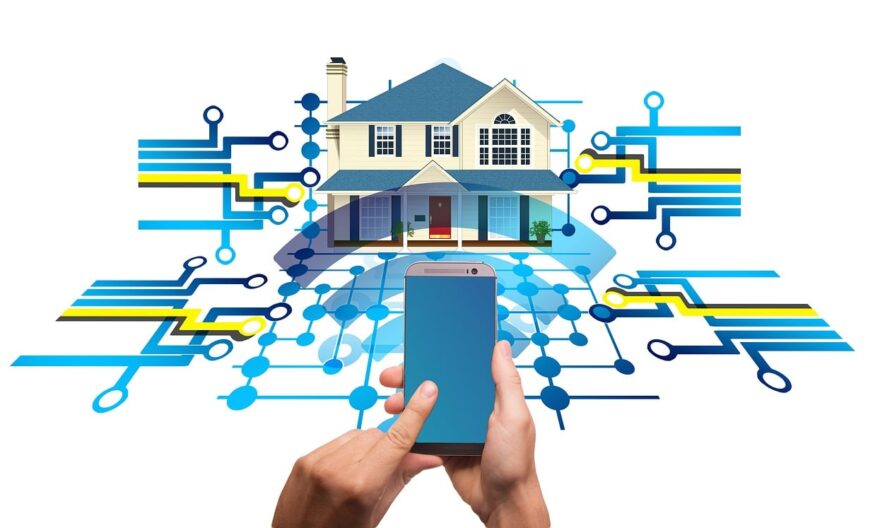
So-called “smart devices” are quickly filling up consumers’ homes. As part of the growing Internet-of-Things, smart devices are definitely a useful addition to households with everything from remotely controlled doors and fridges to surveillance cameras and thermostats.
However, like other digital products, smart devices are vulnerable to hacking, and a recent survey found that more consumers are expressing concerns about their safety.
Of all the age groups, those in the younger age groups were the most concerned about their safety, despite being the most likely to purchase smart devices in the first place.
The survey found that 44% of Gen Z and 42% of Millenial respondents had taken steps to prevent hacking, with some going as far as not connecting to the internet altogether. In comparison, only 14% of Baby Boomers had disconnected their devices from the internet.
With thousands of hacking attempts every week, Protecting your smart devices from hacking is essential to safeguard your privacy and security.
Here are practical tips to keep your smart devices safe and secure.
1. Keep Firmware and Software Updated:
Manufacturers often release software updates to address security vulnerabilities and improve the overall performance of smart devices.
Ensure that you regularly check for and install updates for all your smart devices. Most devices have an automatic update feature that you can enable to help you stay protected without any extra effort.
2. Secure Your Wi-Fi Network:
Your Wi-Fi network is the gateway through which your smart devices connect to the internet. Therefore, securing it is crucial.
Start by changing the default router password to a strong, unique one. Use WPA2 or WPA3 encryption for your Wi-Fi, as older security protocols like WEP are less secure. Additionally, consider hiding your Wi-Fi network’s name (SSID) to make it less visible to potential hackers.
3. Use Strong Passwords and Two-Factor Authentication (2FA):
Create strong and unique passwords for each of your smart devices. Avoid using common passwords or default credentials, as these are easy for hackers to guess.
In addition to this, whenever possible, enable two-factor authentication (2FA) for an extra layer of security. 2FA requires a secondary code or authentication method, such as a text message or authenticator app, to verify your identity when logging in.
4. Segment Your Network:
Consider segmenting your smart devices onto a separate network from your primary devices like computers and smartphones. This approach is known as creating a “guest network” or a “smart home network.”
If one of your smart devices gets compromised, segmenting the network can prevent hackers from accessing other sensitive devices and data.
5. Review Device Permissions:
Smart devices often request access to various features and data on your phone or computer.
Regularly review the permissions granted to each smart device and only provide access to the necessary functions.
Avoid giving unnecessary permissions that could potentially be exploited by malicious actors, as this is a common factor in hacking attempts.
6. Use a Firewall and Antivirus Software:
Installing a firewall and antivirus software on your network and devices can provide an additional layer of protection. A firewall helps block unauthorized access to your devices, while antivirus software scans for and removes malware or malicious files.
7. Be Cautious with Third-Party Apps and Services:
Using third-party apps and services to enhance your smart device’s functionality might be tempting, but be cautious about their legitimacy and security. Stick to trusted sources, such as official app stores, and read reviews and permissions before installing any apps.
8. Disable Unused Features:
If your smart devices come with features you don’t use, consider disabling them. Unnecessary features might have vulnerabilities that could be exploited by hackers. Disable remote access for devices that don’t require it, and turn off any features that you don’t need.



